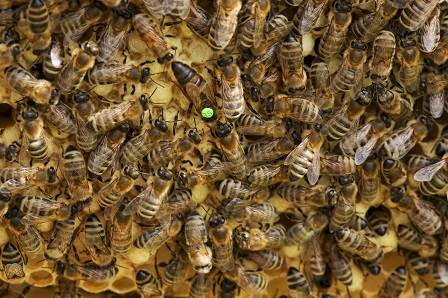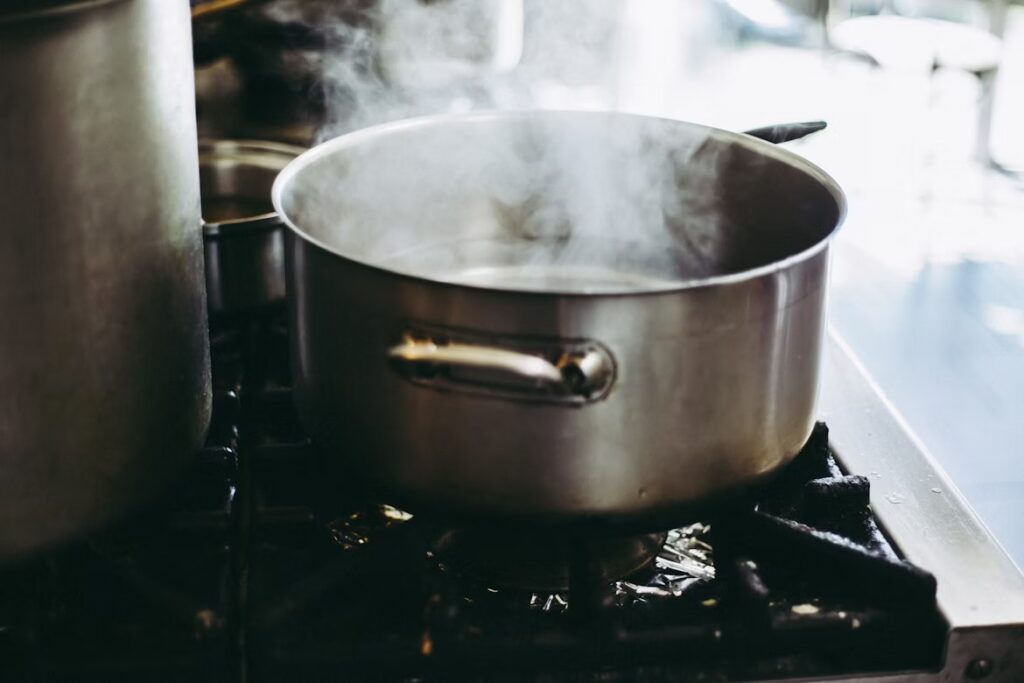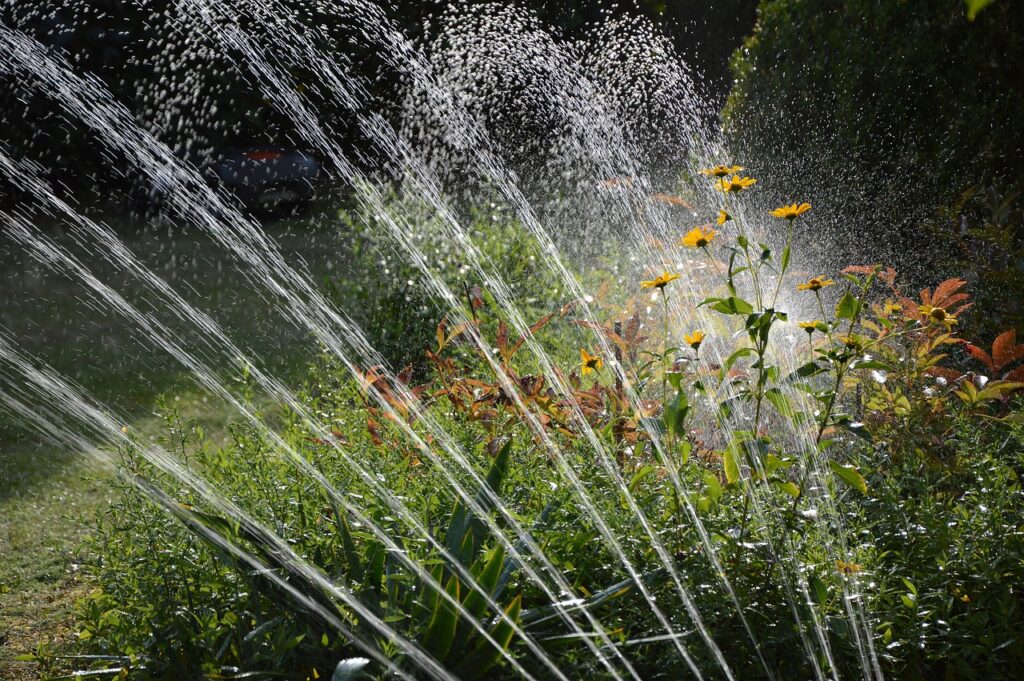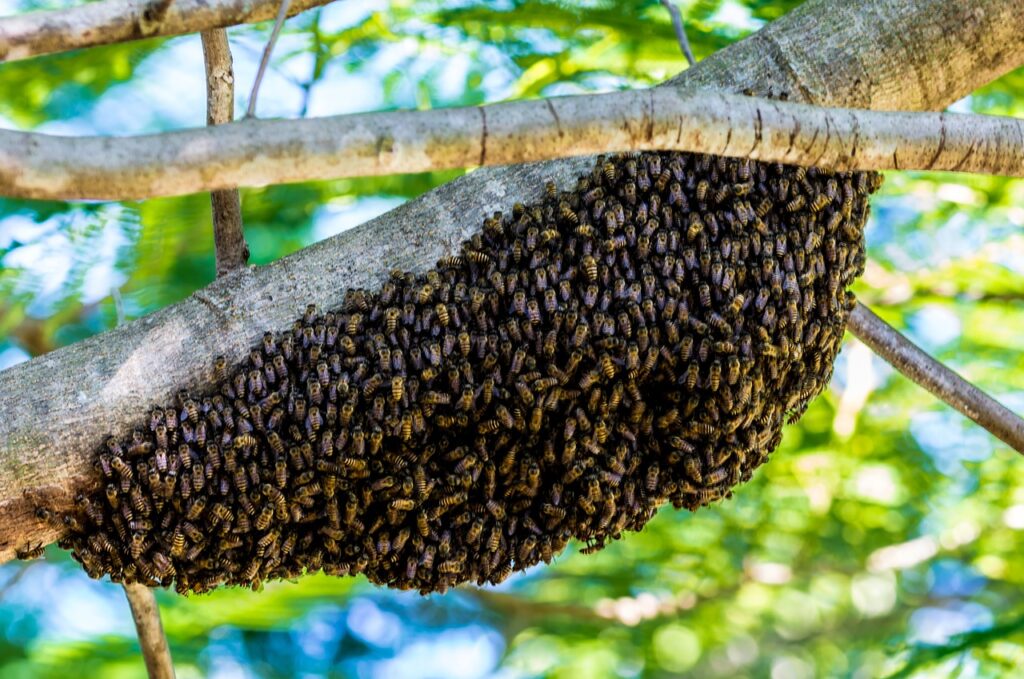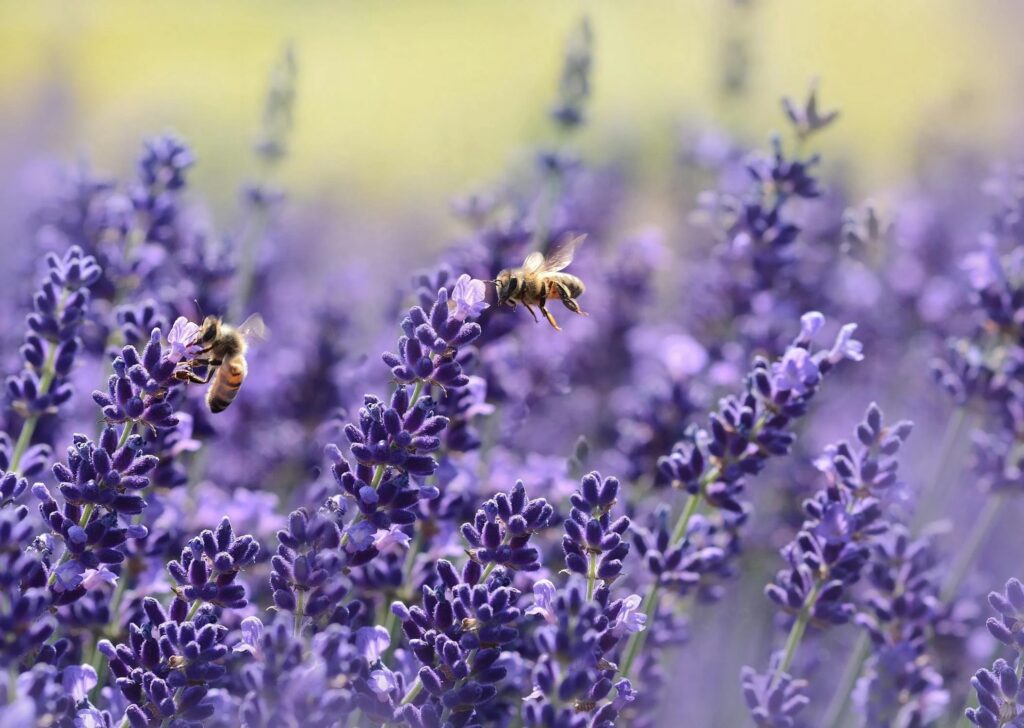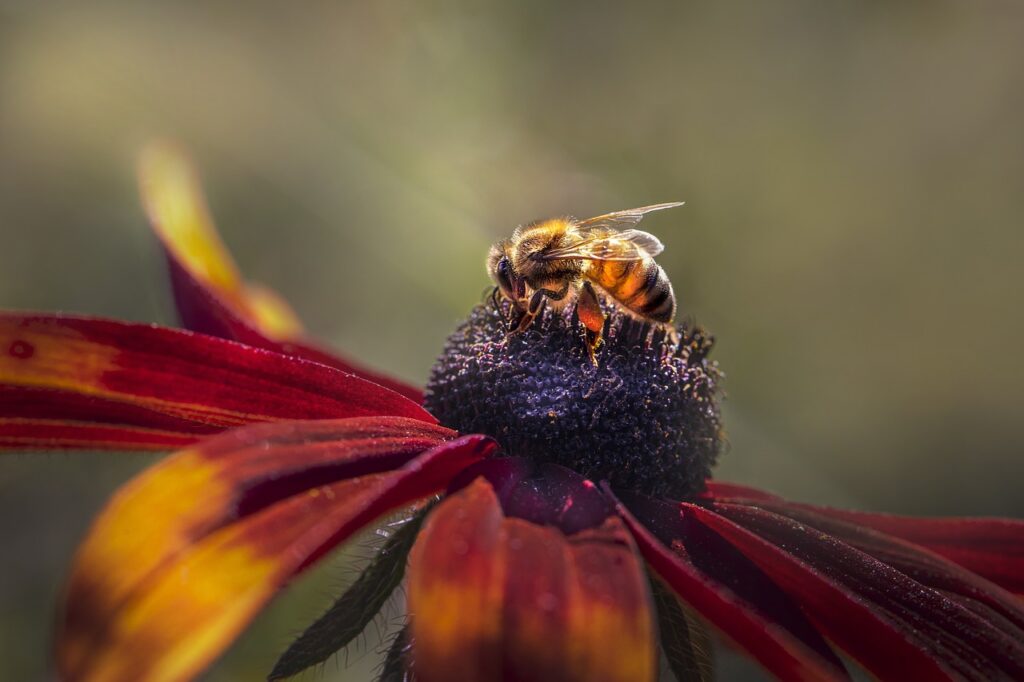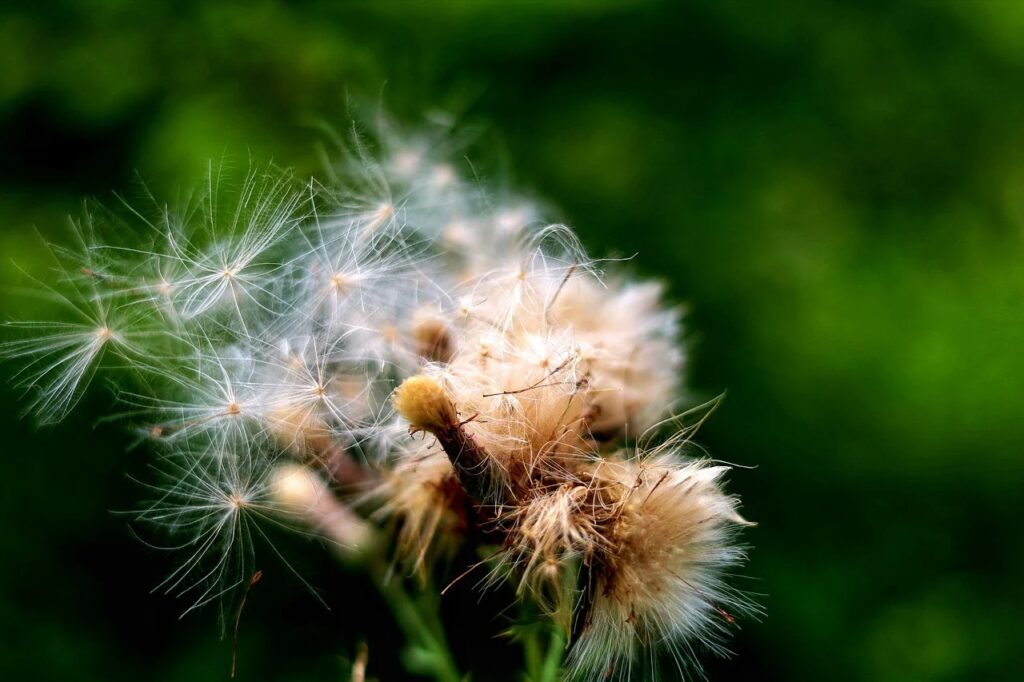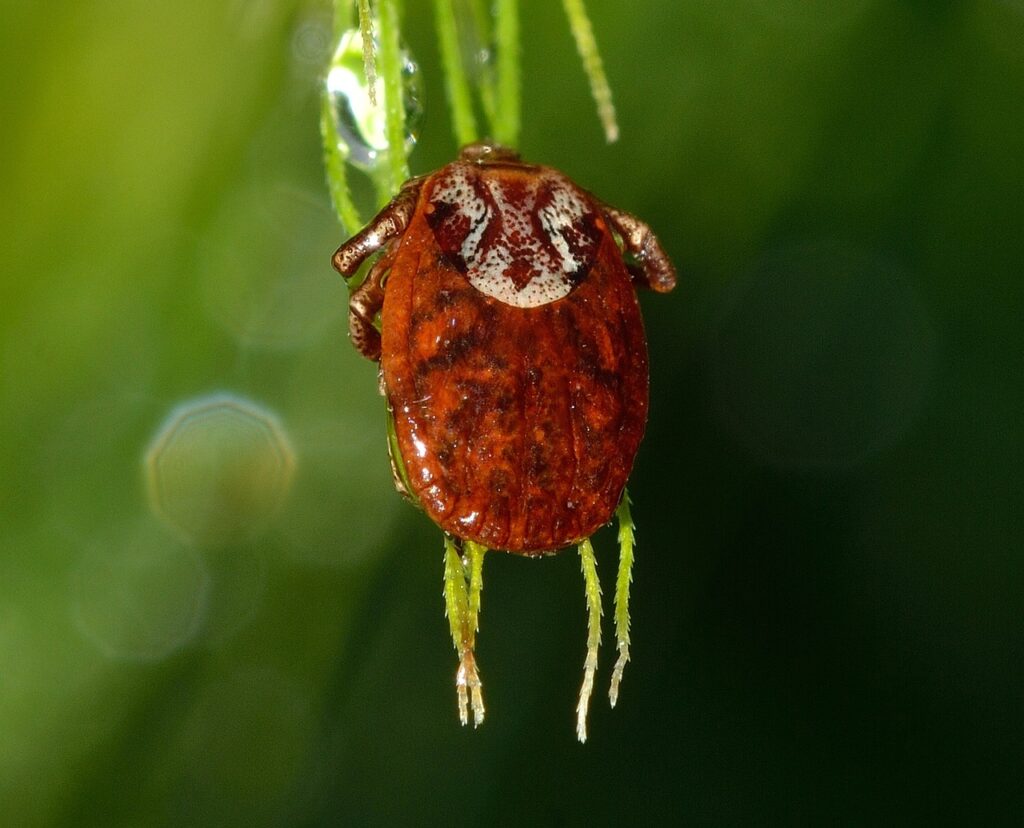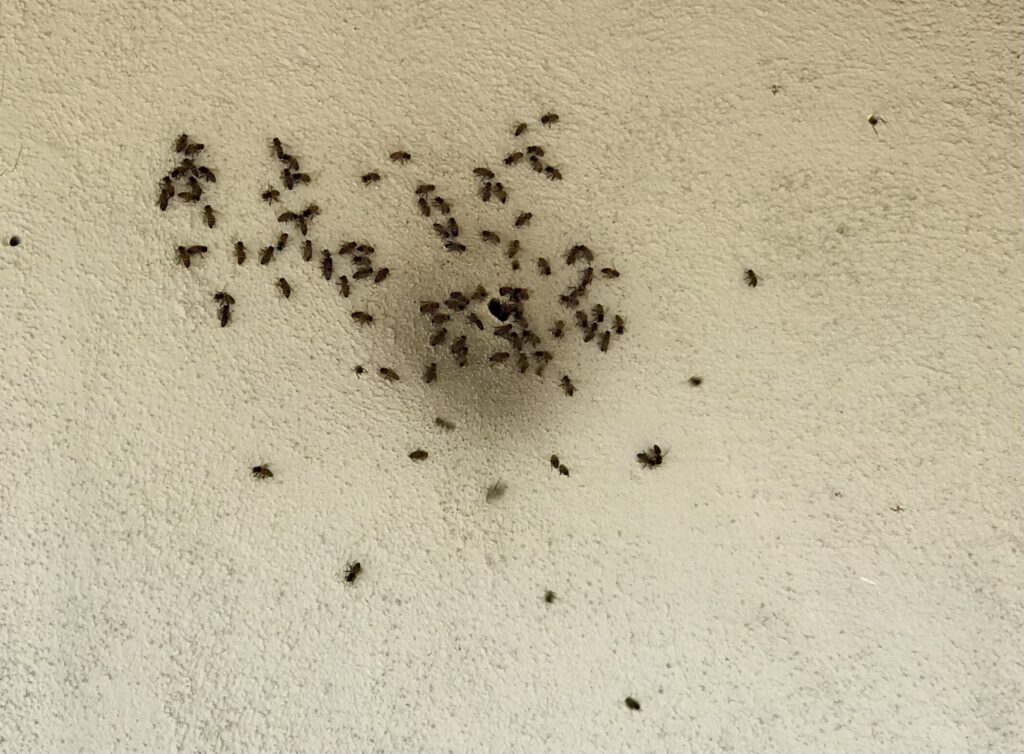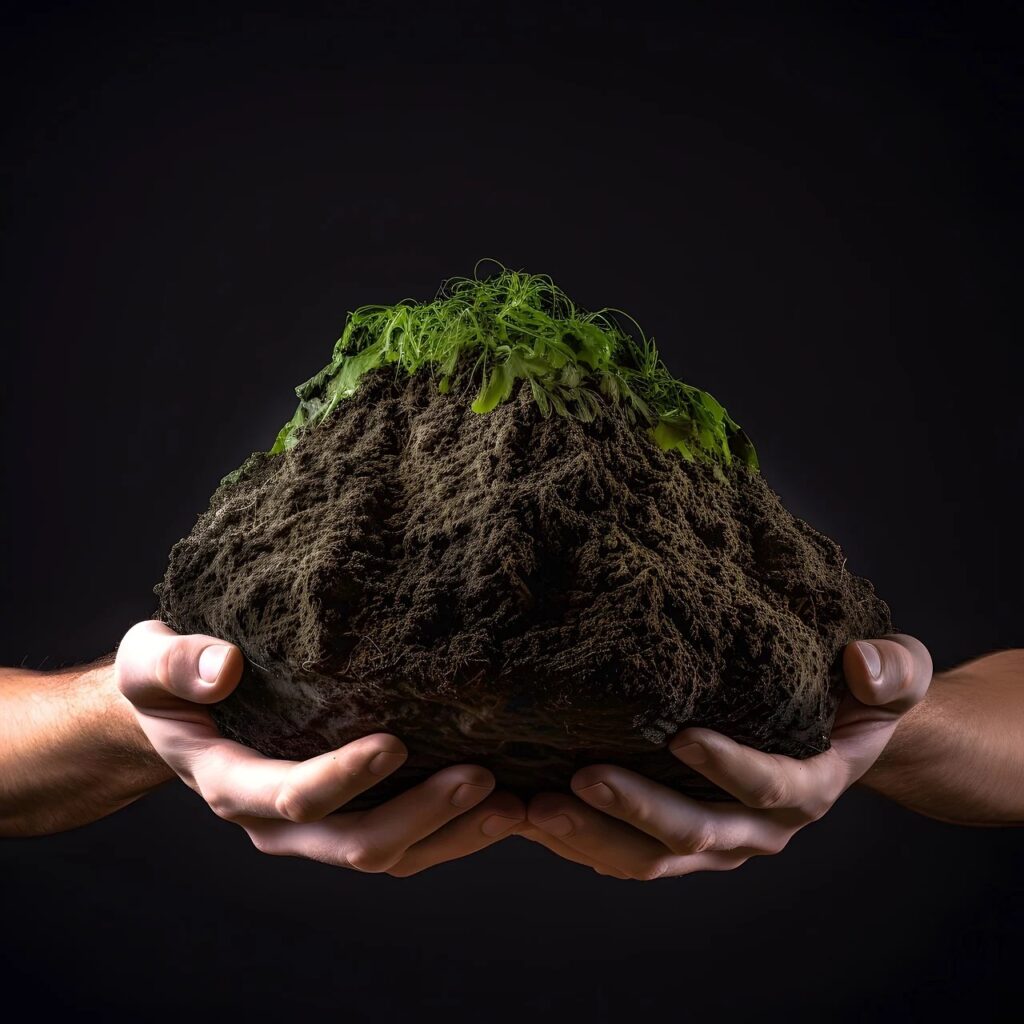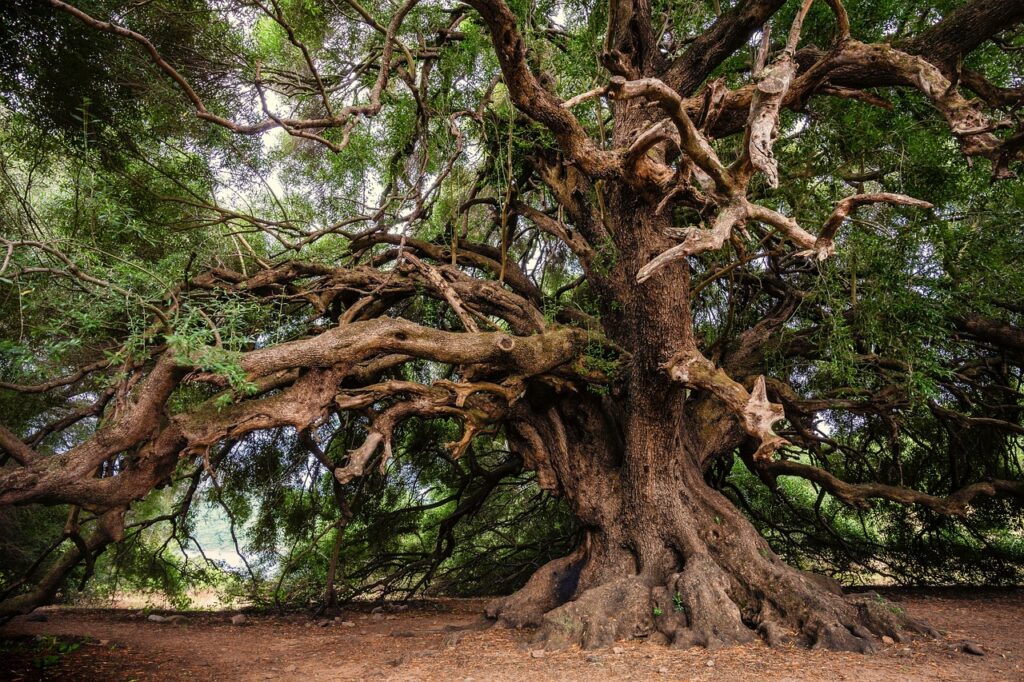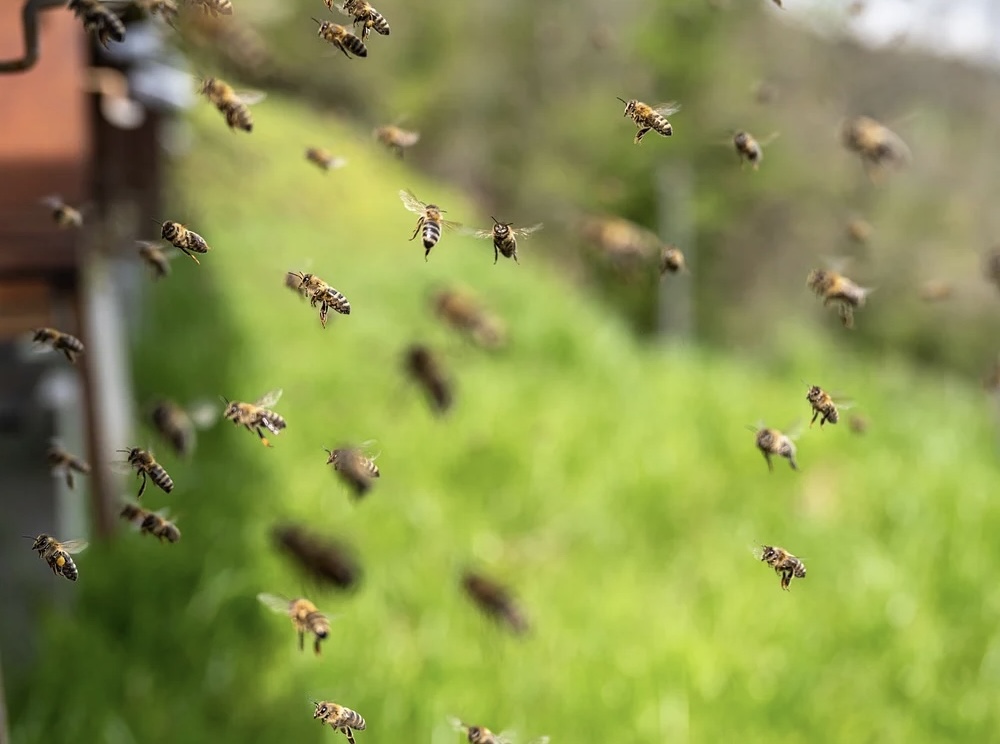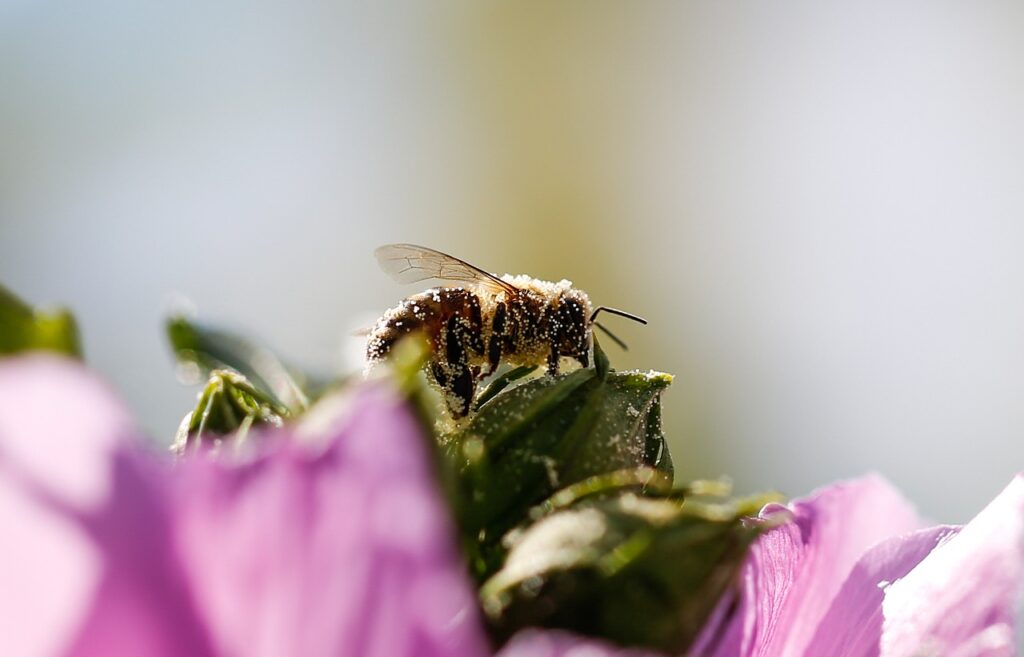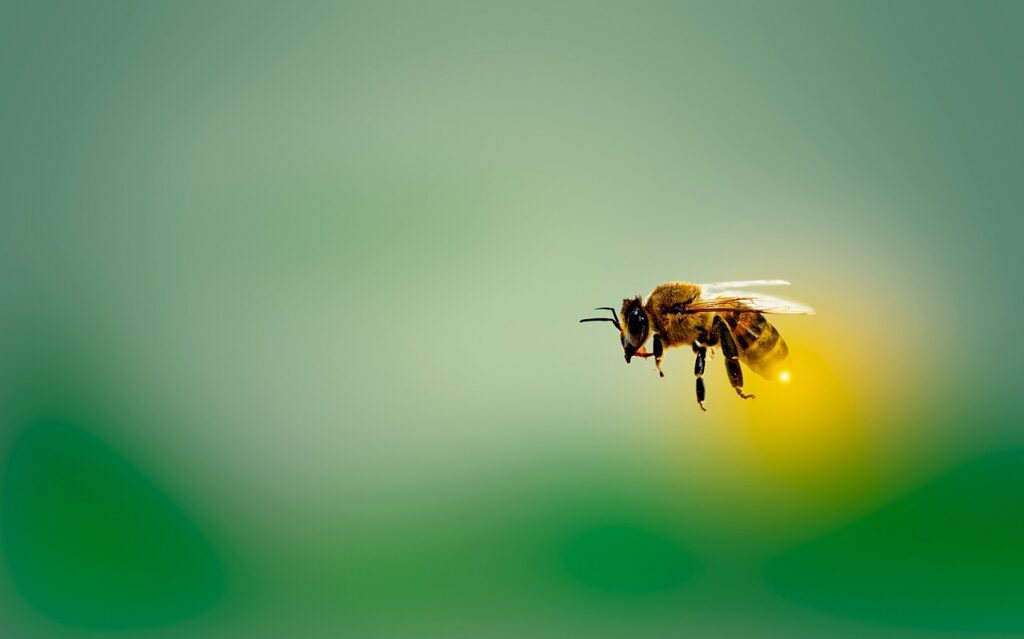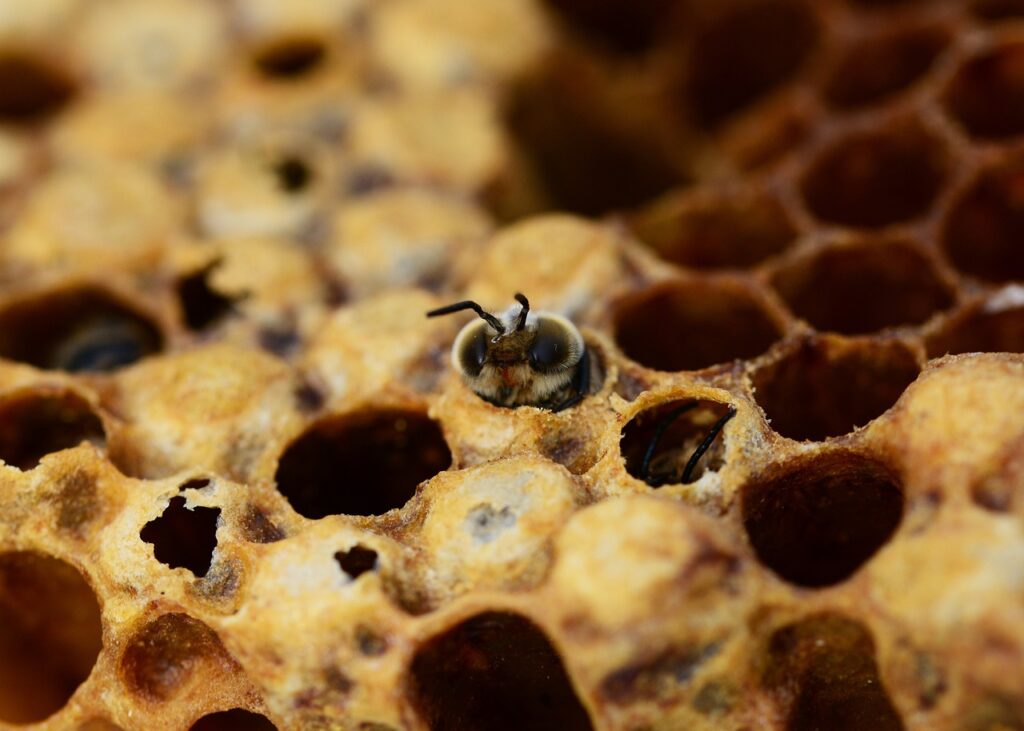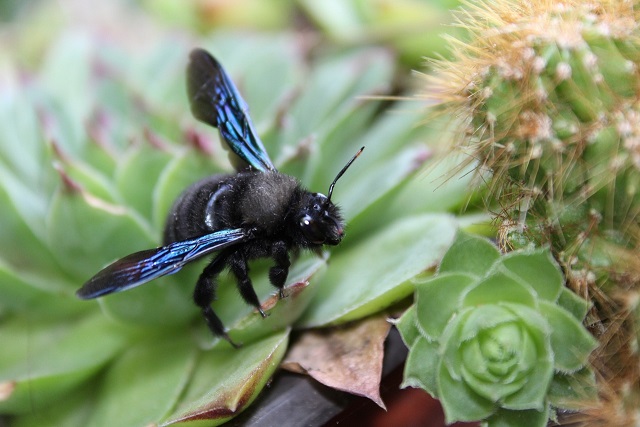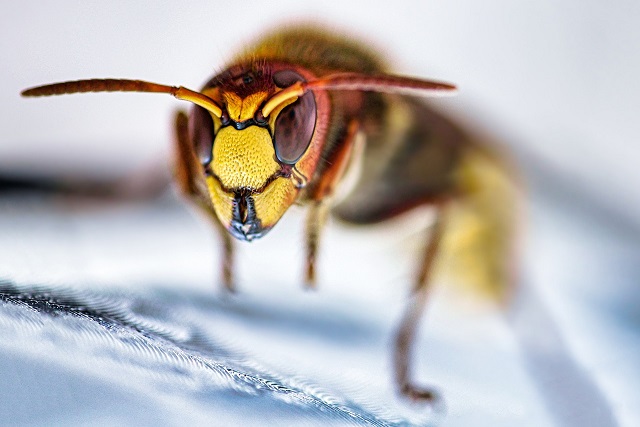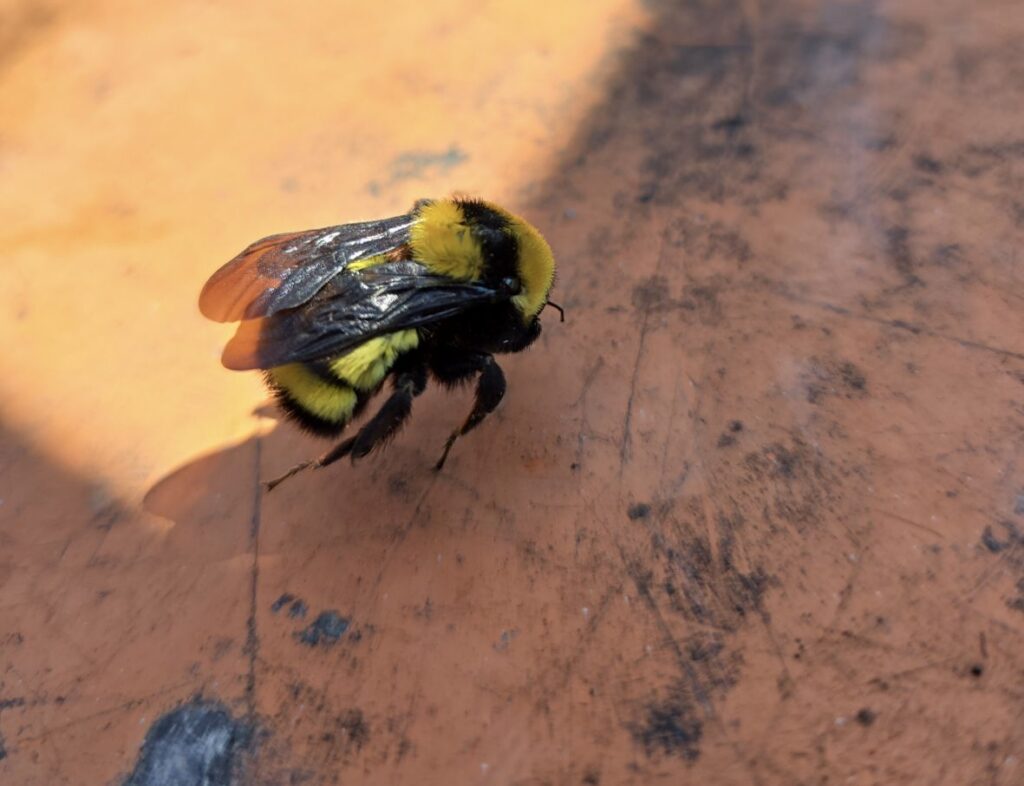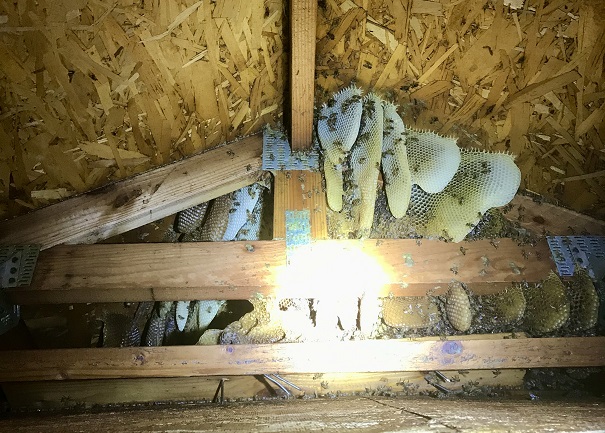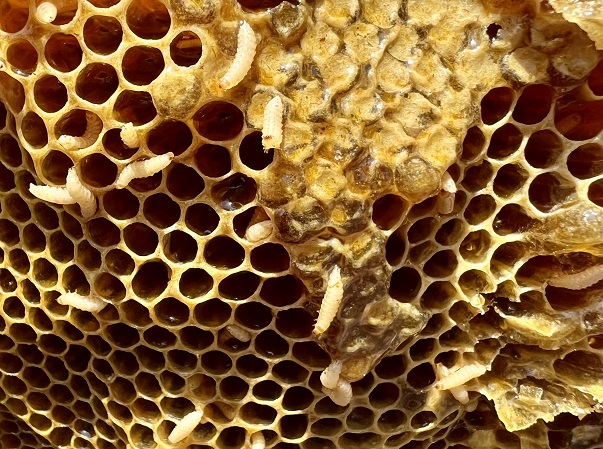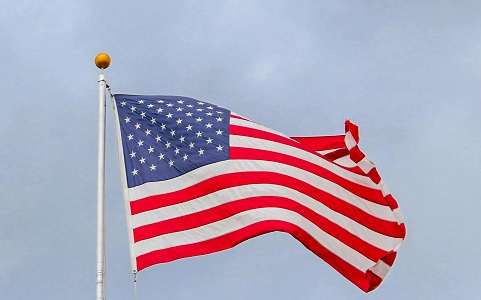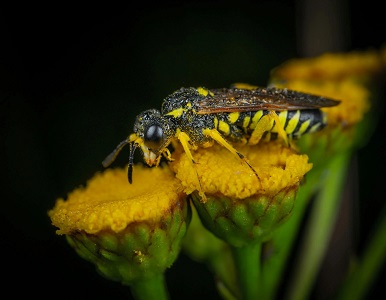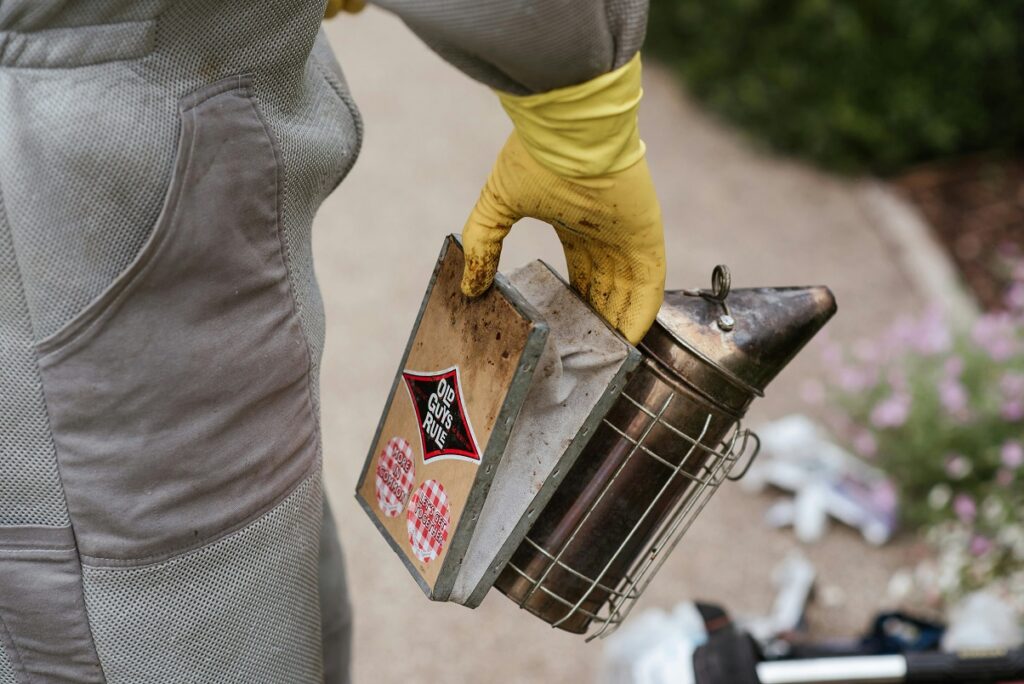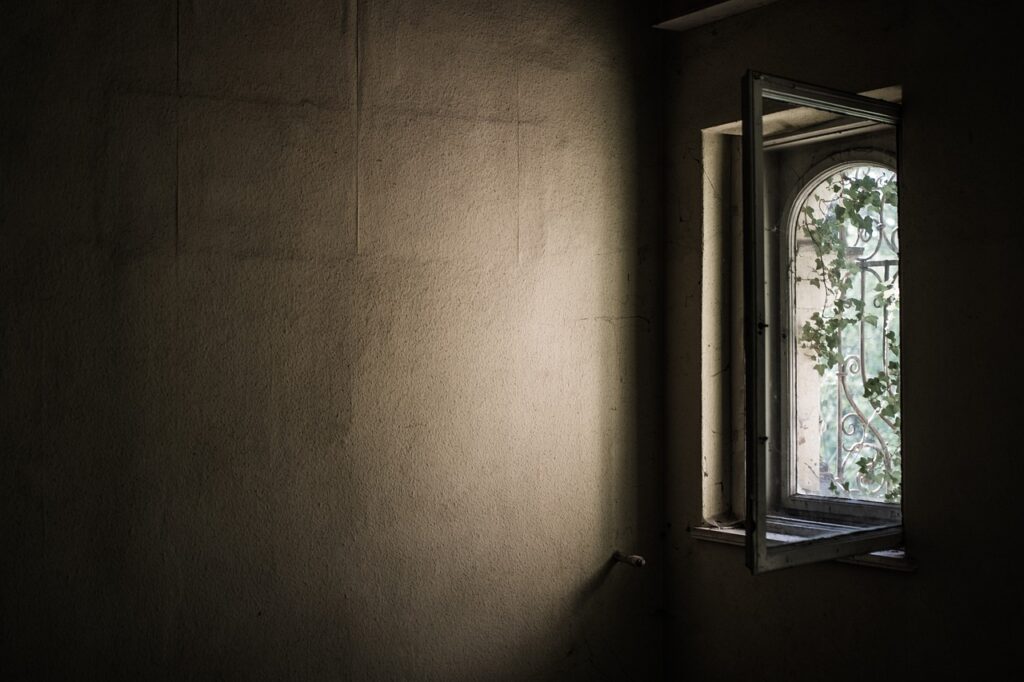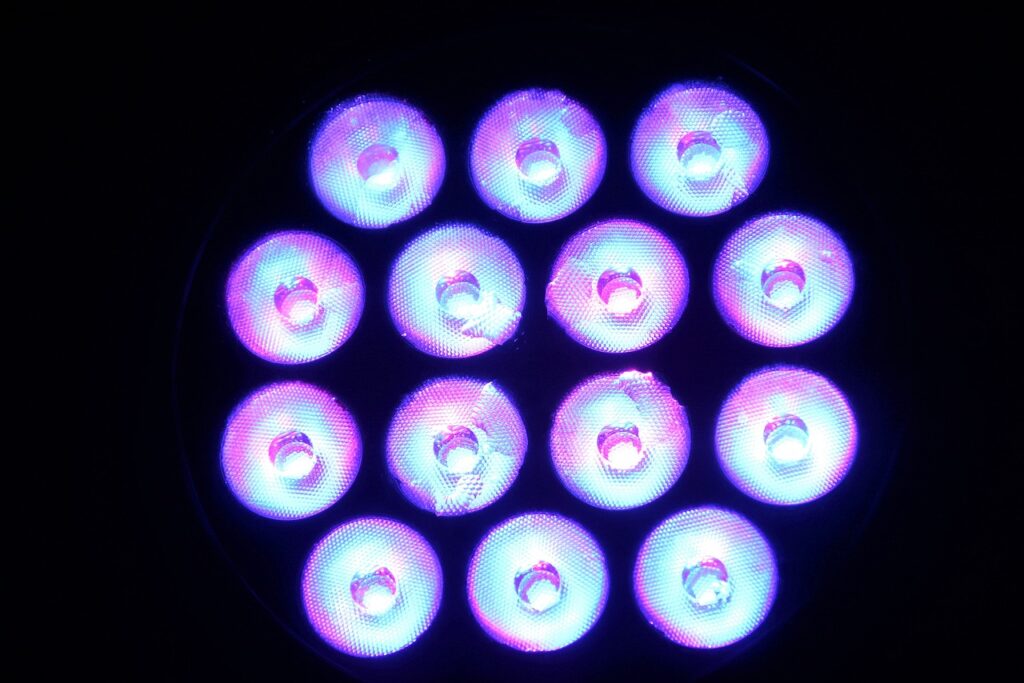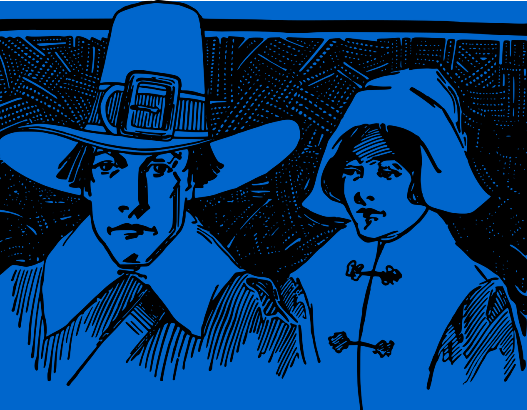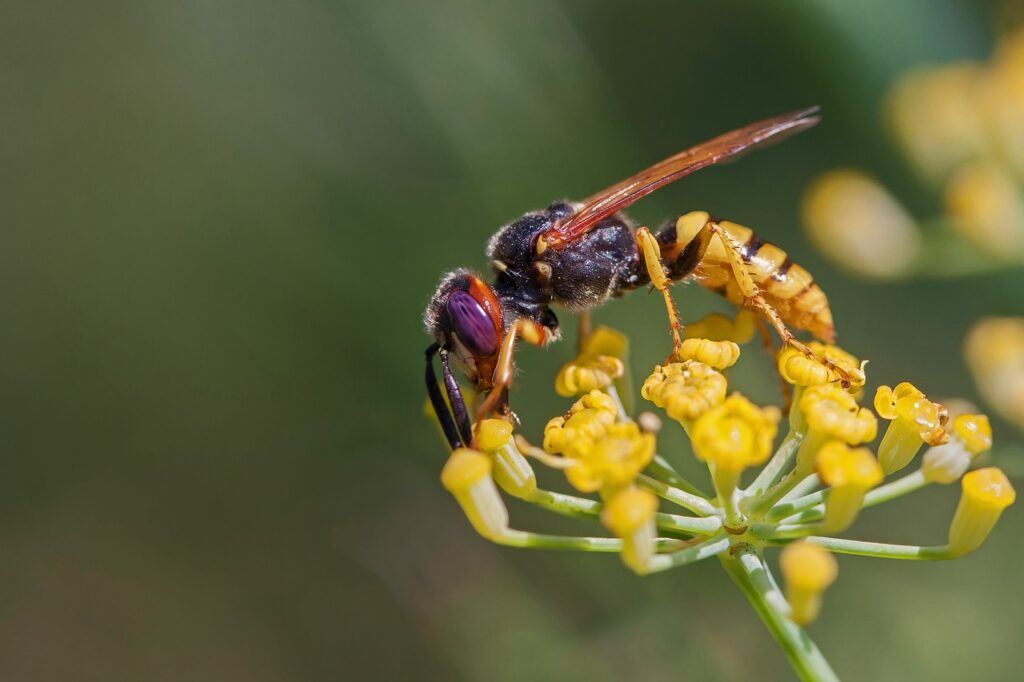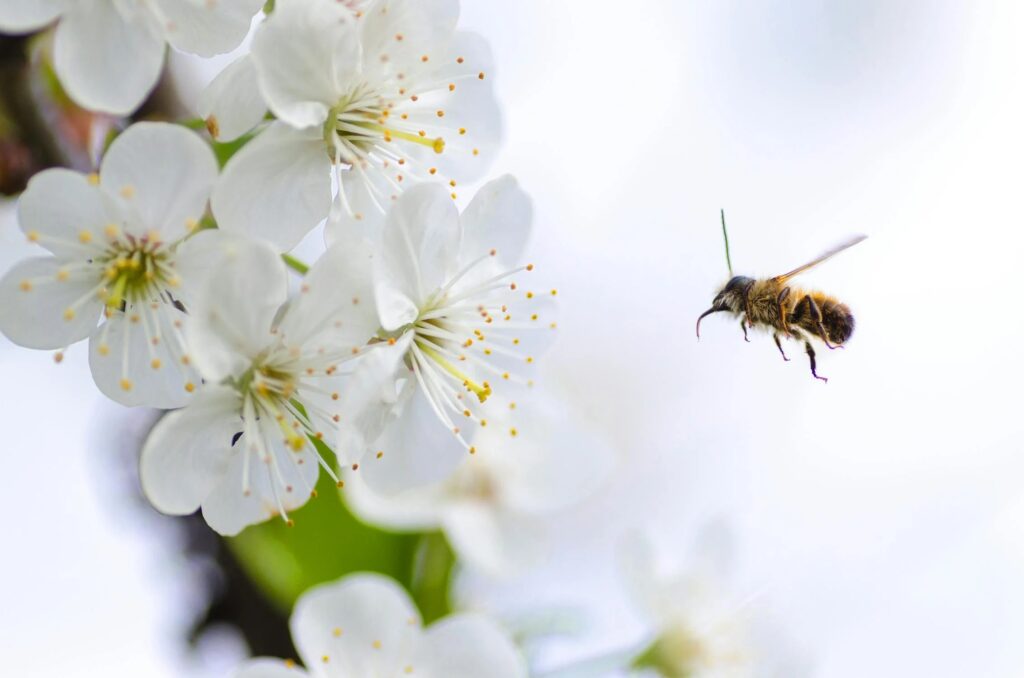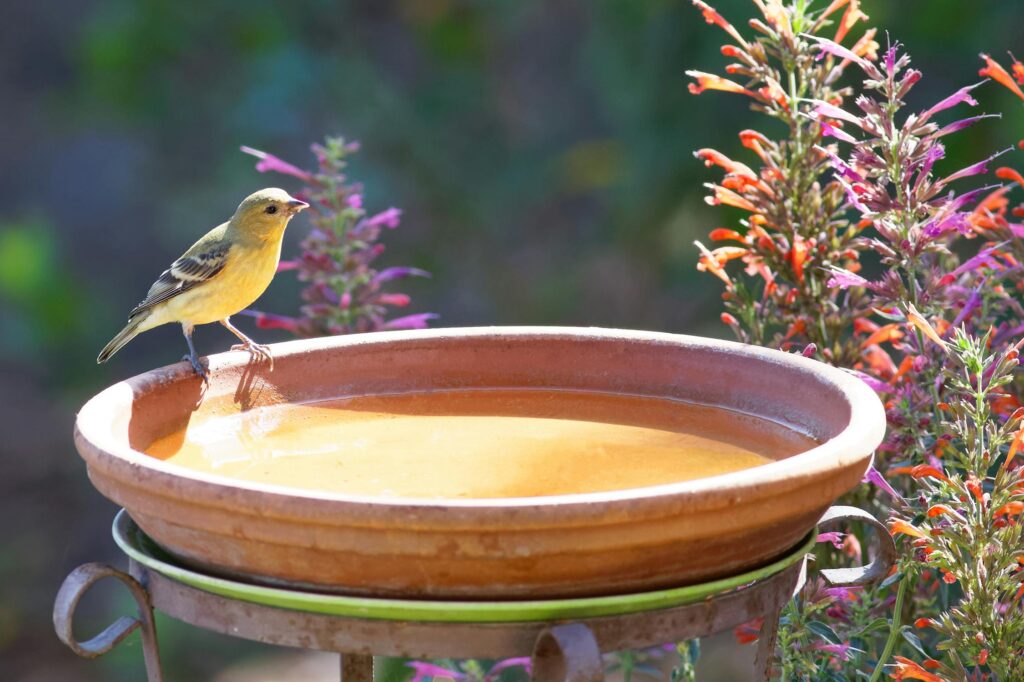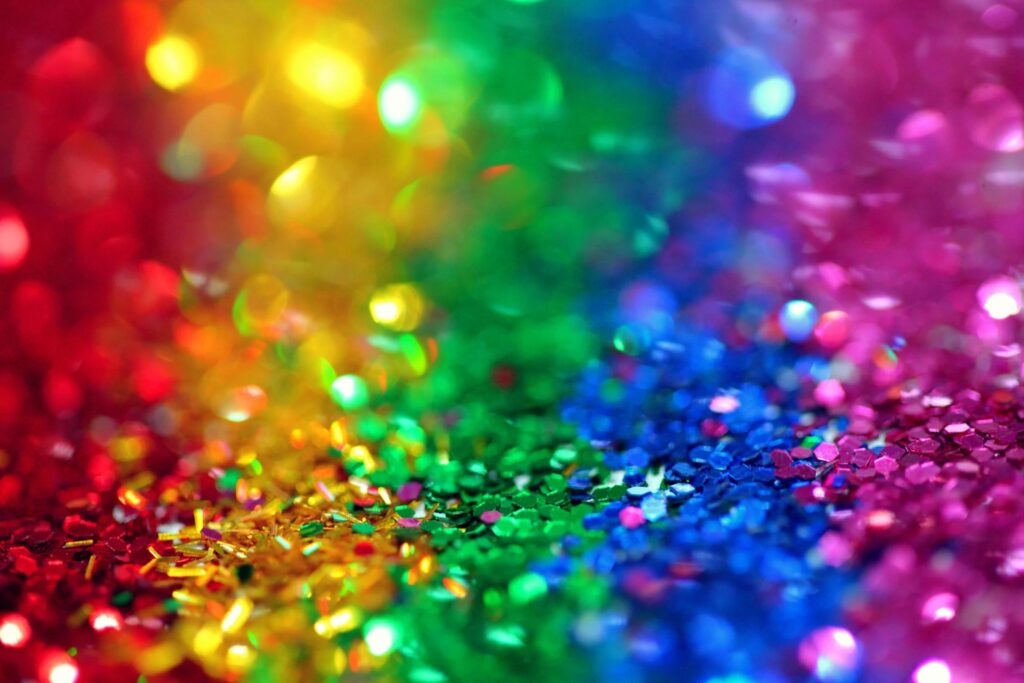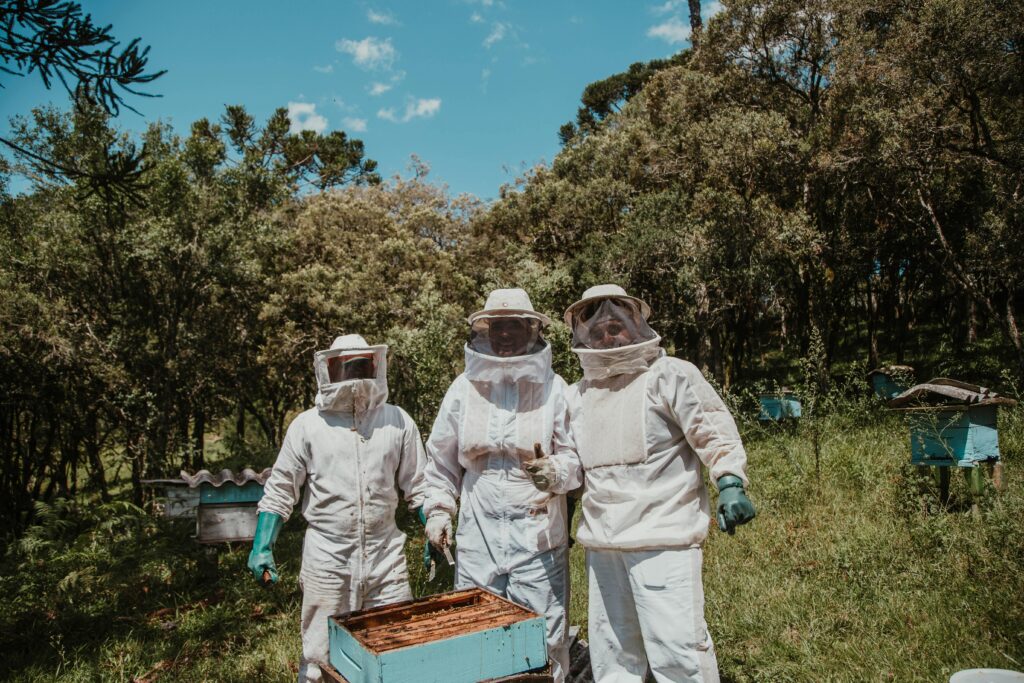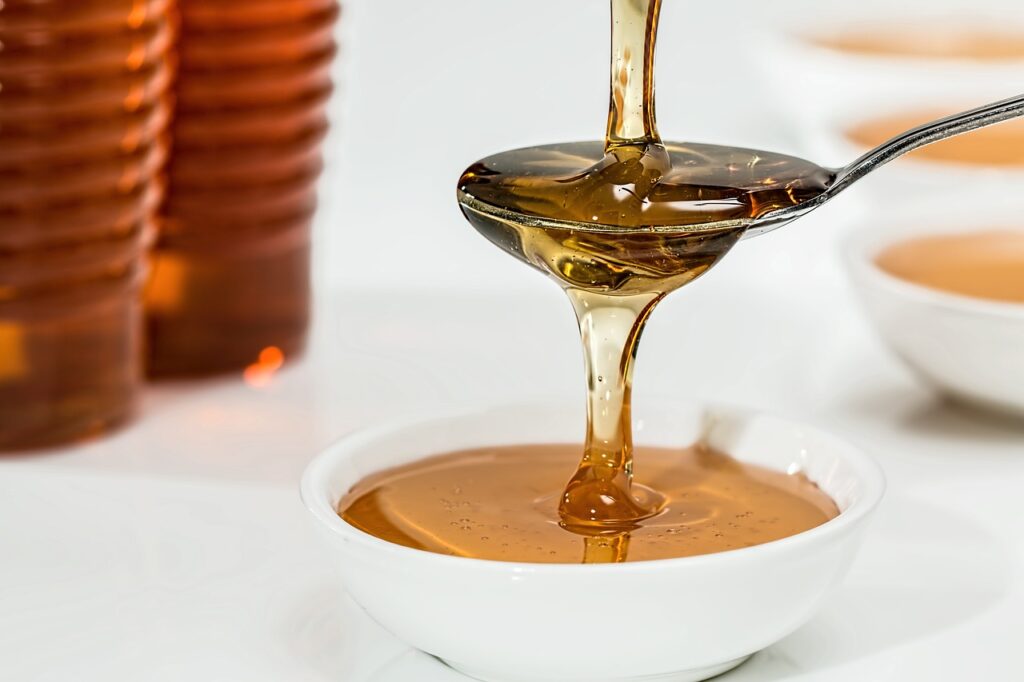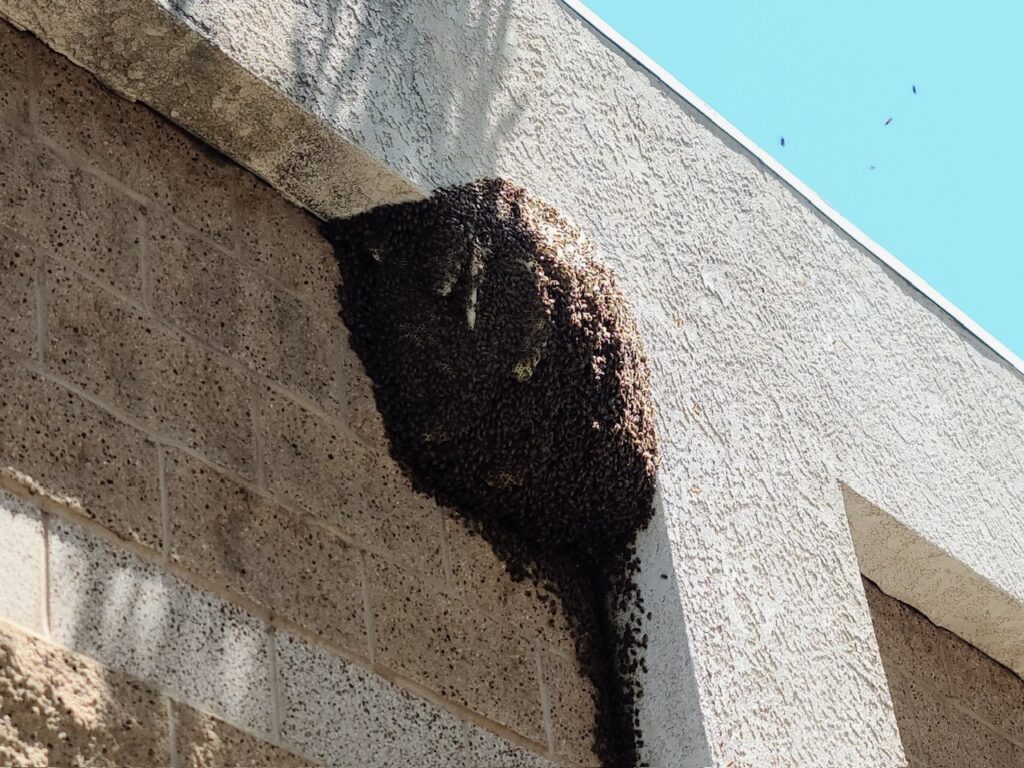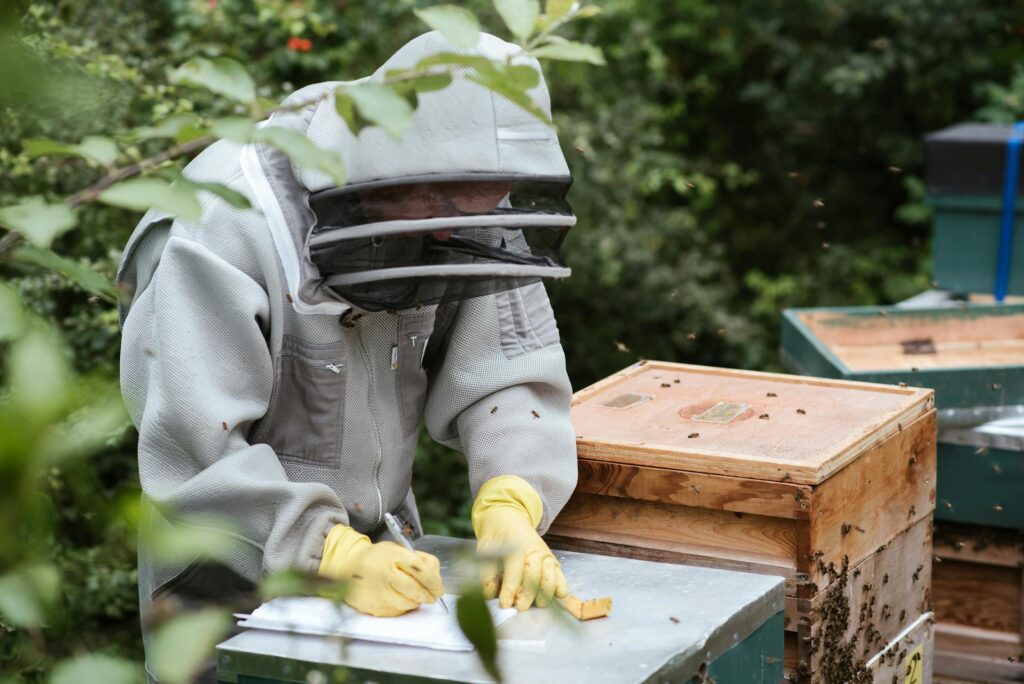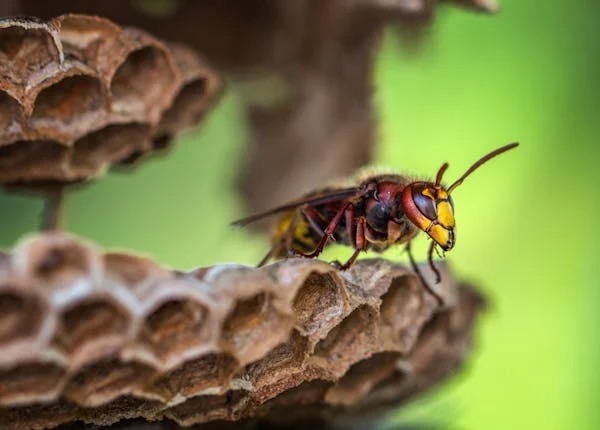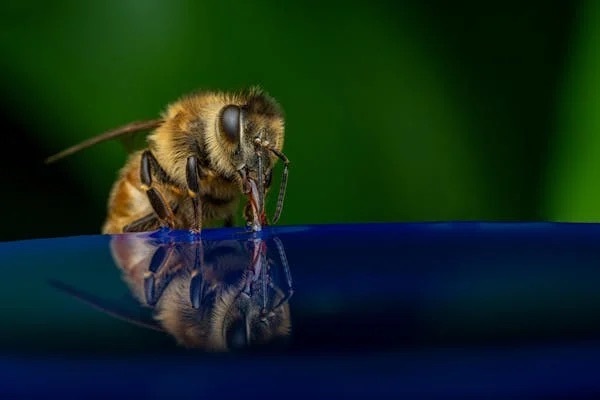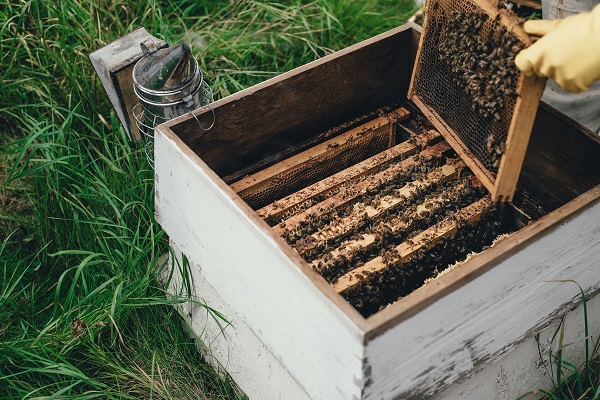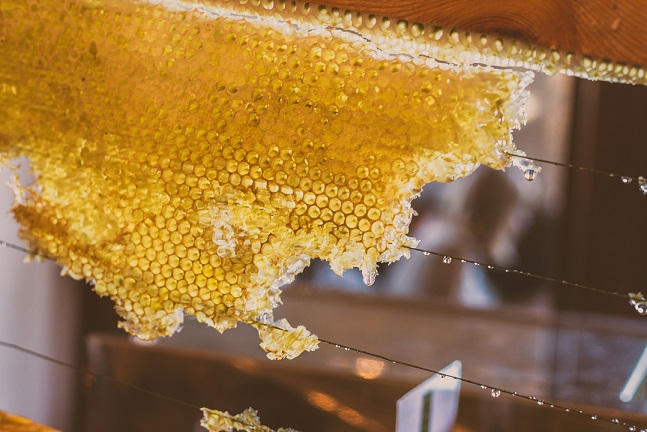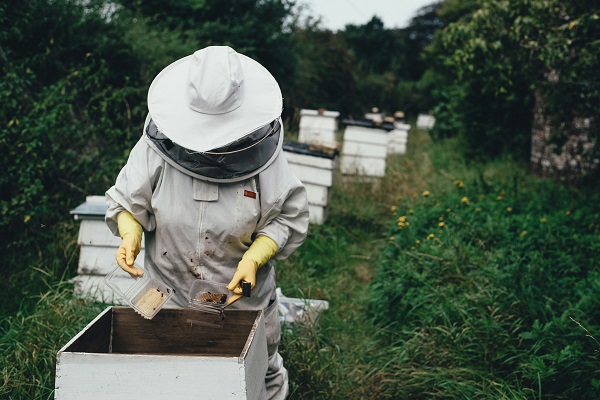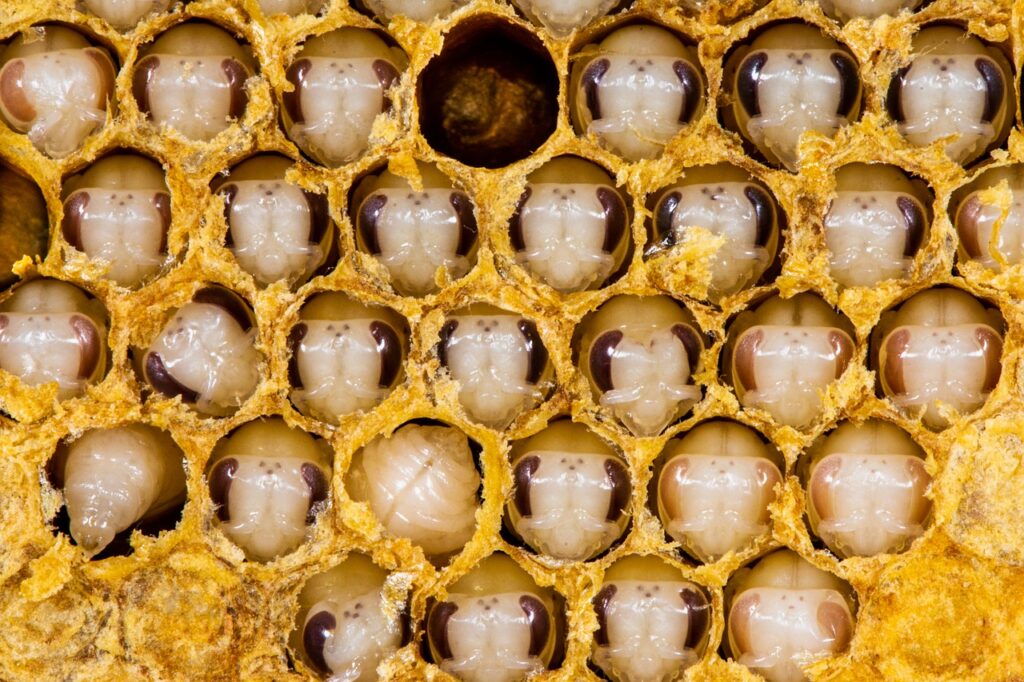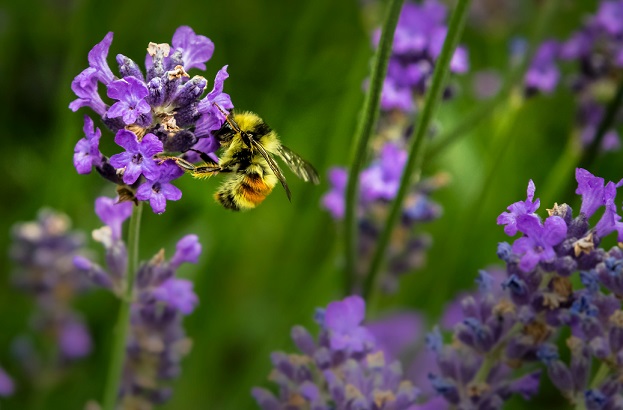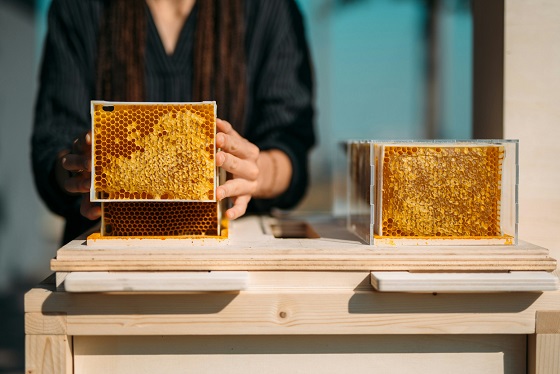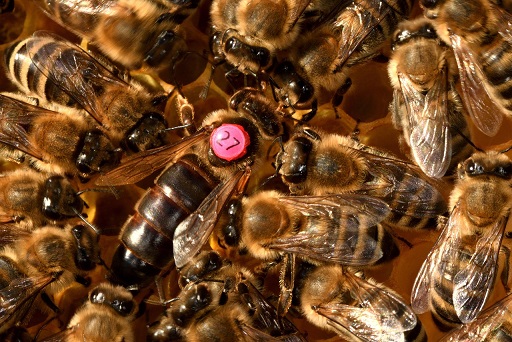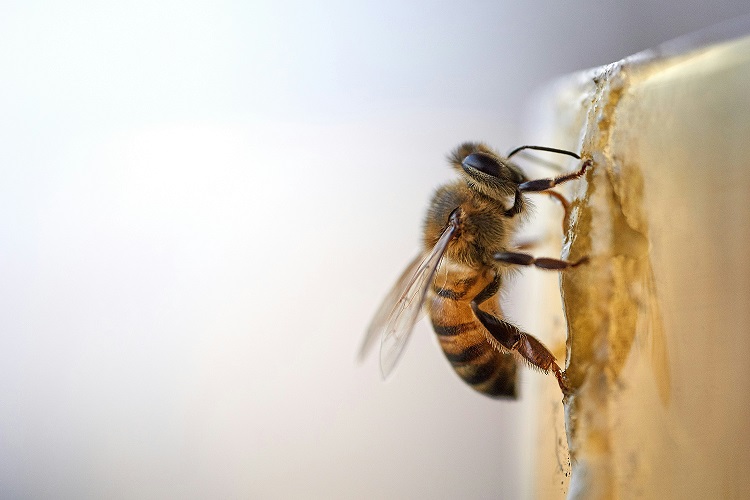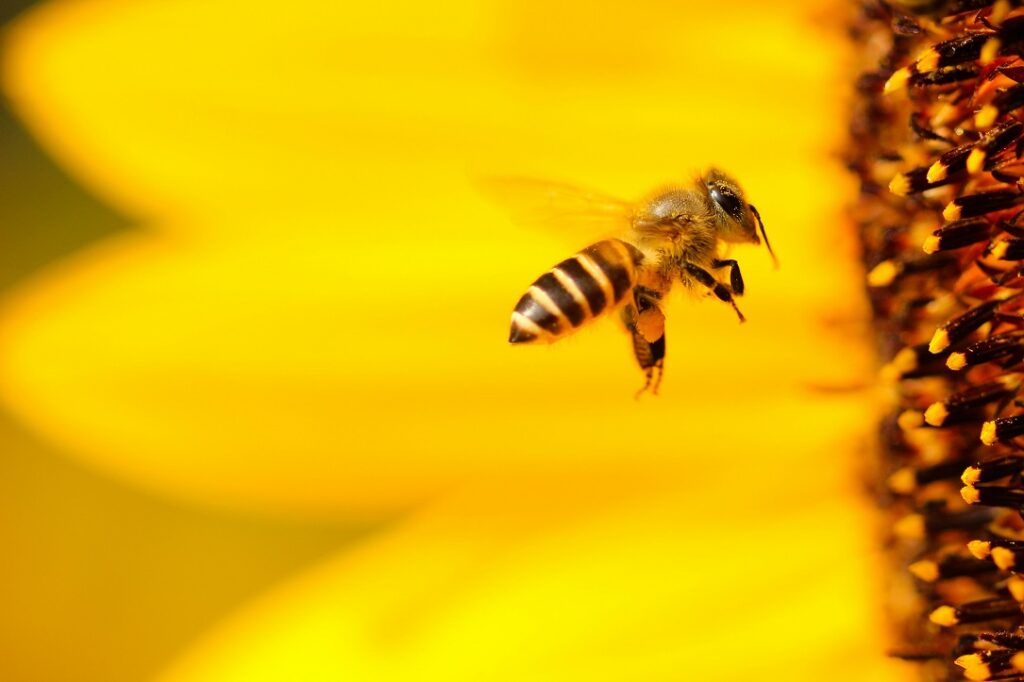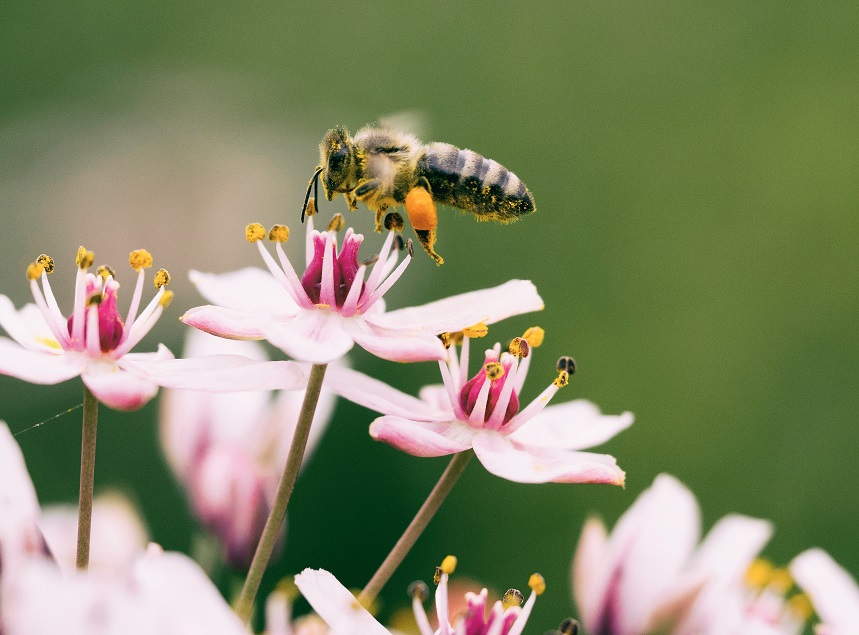Bee News
Paint The Queen Bee
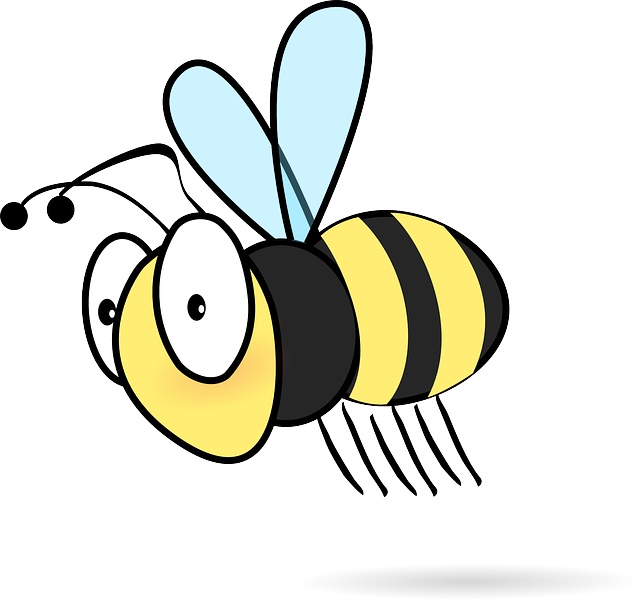


Step into the enchanting world of beekeeping, where the delicate dance of honeybees unfolds in a symphony of precision and harmony. Among the many rituals and practices that beekeepers adhere to, the tradition of painting new queen bees a different color for each year stands out as a time-honored technique with both practical and symbolic significance. Join us as we delve into the captivating tradition of color-coding queen bees and uncover the reasons behind this timeless practice embraced by beekeepers worldwide.
In the bustling hive of a honeybee colony, the queen bee reigns as the central figure, responsible for laying eggs, maintaining hive cohesion, and perpetuating the bee population. Given her pivotal role, beekeepers prioritize the accurate identification of the queen bee to monitor her health, reproductive activity, and lifespan. By painting each new queen bee with a unique color corresponding to the year of her introduction, beekeepers facilitate quick and easy visual identification amidst the sea of worker bees within the hive.
Beekeepers meticulously document the age and lineage of queen bees in their hives, tracking their performance, behavior, and genetic traits over time. The practice of color-coding queen bees by year allows beekeepers to establish a chronological record of queen introductions, enabling them to assess the productivity, temperament, and longevity of each queen throughout her reign. This systematic approach to queen bee management empowers beekeepers to make informed decisions regarding hive dynamics, breeding programs, and colony health.
During routine hive inspections, beekeepers rely on visual cues such as the color-coded markings on queen bees to swiftly locate and assess the queen’s presence, vitality, and reproductive status. By instantly identifying the year of a queen bee’s introduction based on her distinct color marking, beekeepers can gauge the queen’s age and performance relative to the hive’s overall productivity and health. This efficiency in queen bee identification streamlines hive management tasks, promotes timely interventions, and enhances the overall well-being of the colony.
Beyond its practical utility, the tradition of color-coding queen bees embodies a symbolic connection between beekeepers and their cherished queen bees. By adorning each queen with a unique hue that represents a specific year, beekeepers honor the passage of time, the cyclical nature of beekeeping seasons, and the vital role that queen bees play in sustaining the hive’s vitality and resilience. This intimate bond forged through the act of painting queen bees fosters a sense of stewardship, reverence, and admiration for these majestic matriarchs of the hive.
As beekeepers meticulously paint new queen bees in a kaleidoscope of colors to mark the passing years, they honor a sacred tradition steeped in reverence, practicality, and connection. Through the artistry of color-coding queen bees, beekeepers embark on a journey of discovery, stewardship, and harmony with the intricate world of honeybees. Embrace this timeless practice with a sense of wonder and respect, knowing that each stroke of paint symbolizes a chapter in the storied tapestry of beekeeping lore. Let the vibrant hues of color-coded queen bees guide you on a path of discovery, enlightenment, and awe in the mesmerizing realm of beekeeping.
